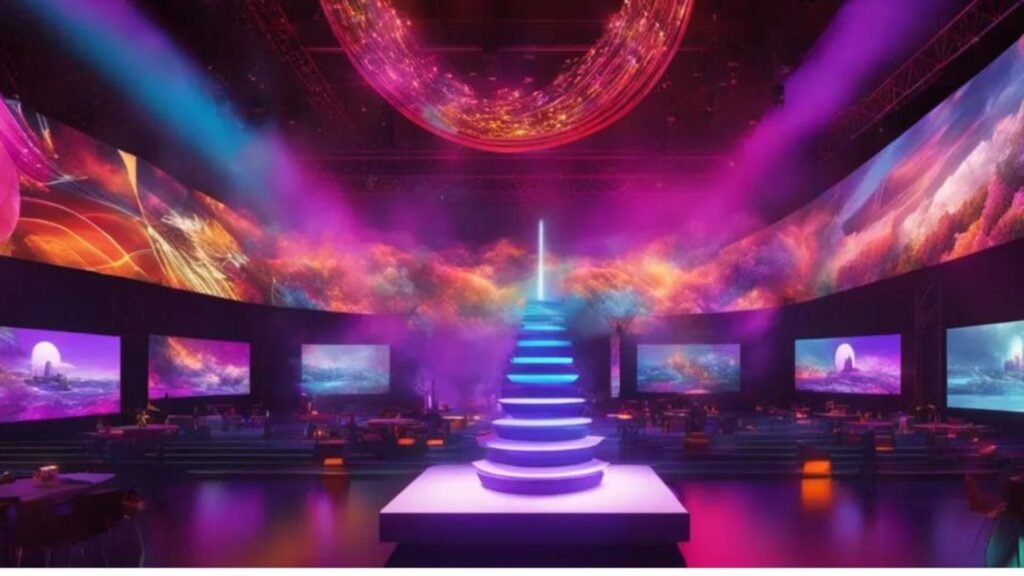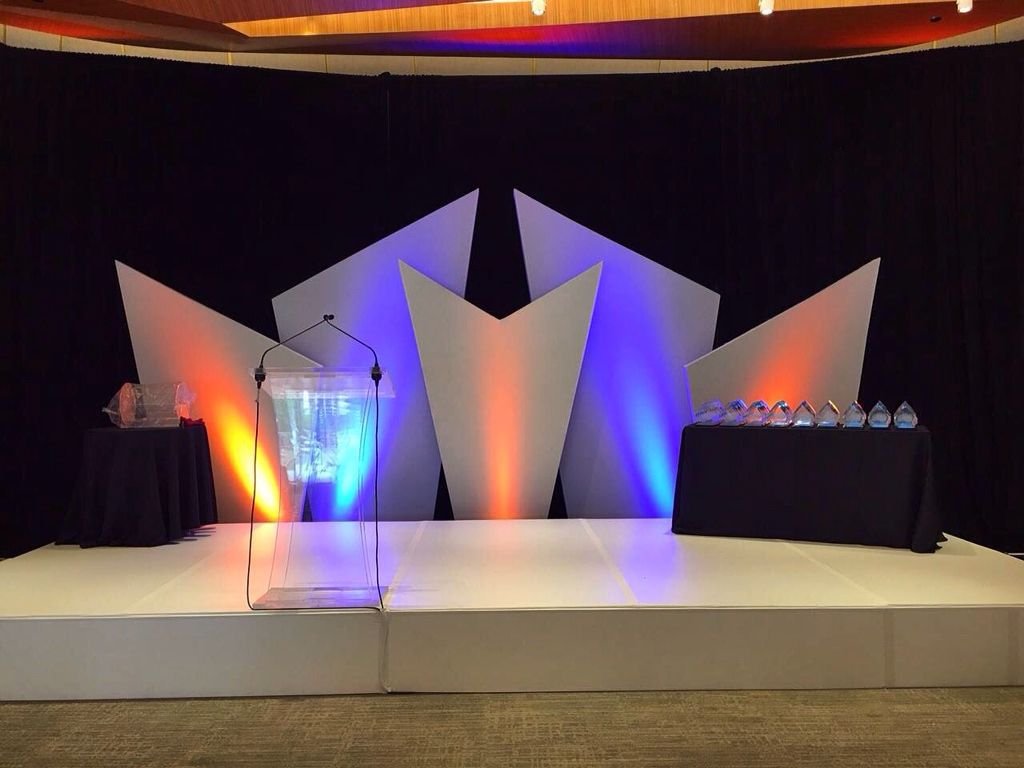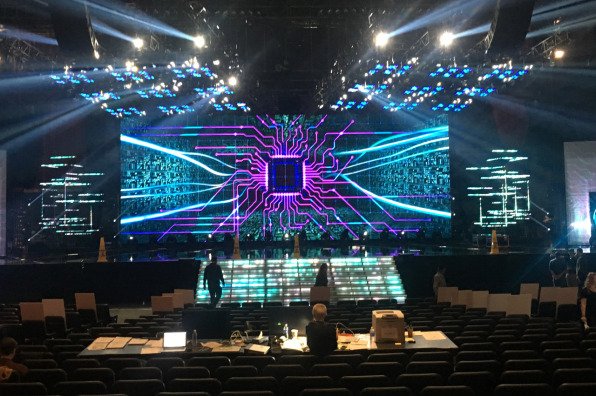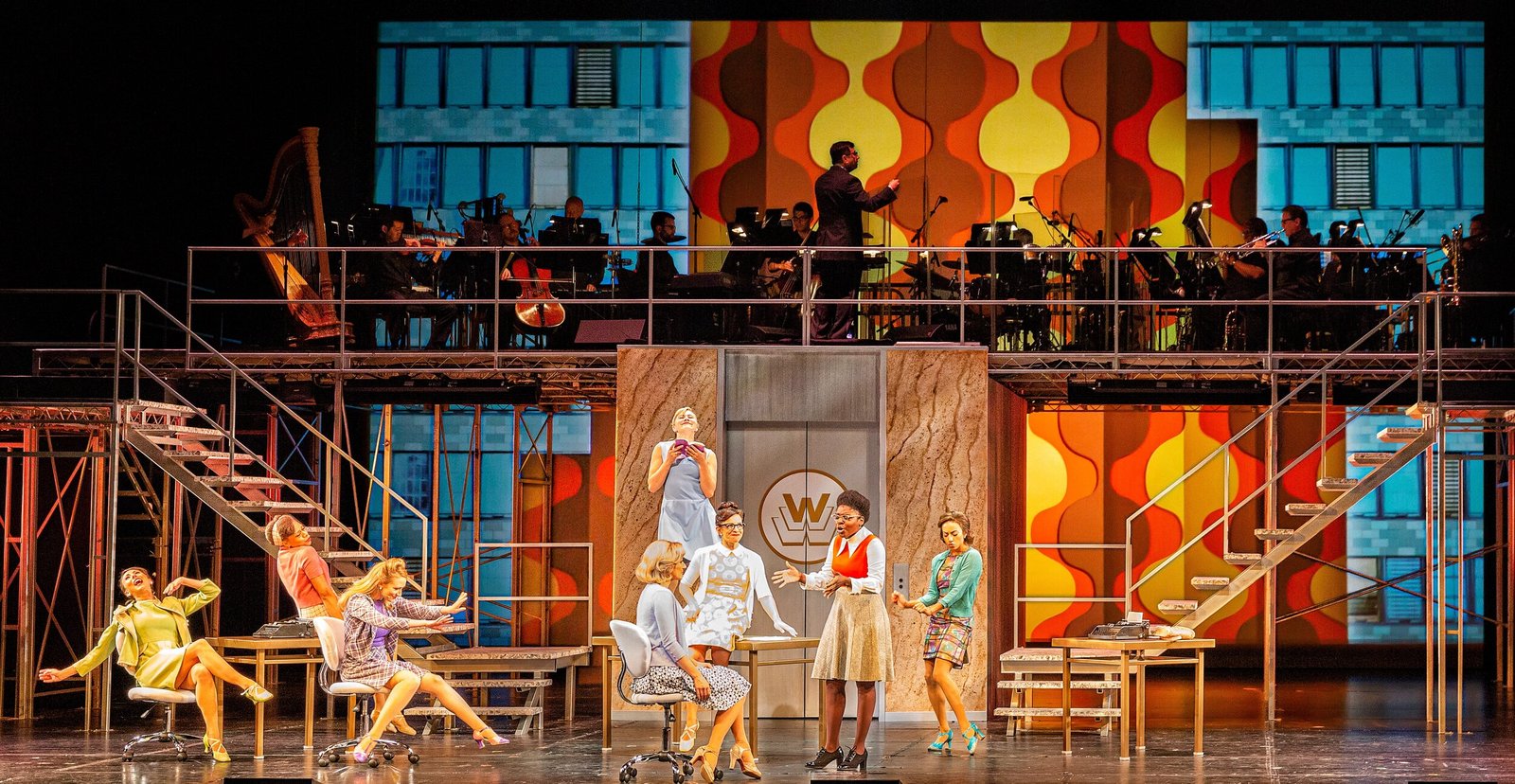The integration of interactive technology in stage design is revolutionizing theater by adding new dimensions to live performances. Interactive technology enhances audience engagement, creates immersive environments, and enables dynamic, responsive performances. In this blog post, we’ll explore how interactive technology is transforming stage design and its impact on modern theater.

Enhancing Audience Engagement
Firstly, interactive technology significantly enhances audience engagement. Traditional stage design often focused on the visual and auditory aspects of a performance. However, with the advent of interactive technology, audiences can now become active participants in the performance. For example, some productions use audience response systems or mobile apps to allow viewers to vote on plot developments or influence certain aspects of the show. This interaction creates a more engaging and personalized experience, as audience members feel directly involved in the unfolding narrative.
Creating Immersive Environments
Interactive technology also plays a crucial role in creating immersive environments. By using advanced visual effects, projections, and augmented reality, designers can transport audiences to different worlds and settings. For instance, digital projections can transform a stage from a serene countryside to a bustling cityscape within moments. Augmented reality can overlay digital elements onto the physical stage, adding depth and interactivity. These technologies make the stage environment more dynamic and believable, allowing audiences to experience the story in a more vivid and immersive way.
Enabling Dynamic Performances
Another important aspect of integrating interactive technology is its ability to enable dynamic performances. Technology can facilitate real-time changes and adaptations during the performance, making the stage more versatile and responsive. For example, automated set pieces and digital screens can change their appearance or position in response to the action on stage. This flexibility allows for more complex and fluid choreography and scene transitions. Additionally, interactive elements such as motion sensors or touch-sensitive surfaces can enable performers to interact with the set and each other in innovative ways, enhancing the overall dynamism of the performance.
Facilitating Innovative Storytelling
Interactive technology also facilitates innovative storytelling techniques. By incorporating elements like virtual reality and interactive projections, designers can create new narrative possibilities. For example, virtual reality can immerse audience members in a 360-degree experience, allowing them to explore different aspects of the story from various perspectives. Interactive projections can change and evolve in response to the performers’ actions, adding layers of storytelling that traditional stage design cannot achieve. These technologies offer new ways to convey complex narratives and engage the audience on a deeper level.
Improving Technical Precision
Moreover, the integration of interactive technology improves technical precision and efficiency. Advanced lighting and sound systems can be controlled in real-time to synchronize perfectly with the performance. Interactive stage elements, such as programmable set pieces and automated scenery, can be precisely timed and adjusted to match the action on stage. This level of technical precision ensures that the performance runs smoothly and allows for more complex and intricate designs. By leveraging technology, designers can achieve a higher degree of accuracy and coordination in their stage setups.
Enhancing Accessibility and Inclusivity
Finally, interactive technology can enhance accessibility and inclusivity in stage design. Technologies such as captioning systems, audio descriptions, and interactive touchscreens can make performances more accessible to audiences with disabilities. For example, captioning systems provide real-time text of dialogue for those who are deaf or hard of hearing, while audio descriptions offer detailed descriptions of visual elements for those who are blind or visually impaired. By integrating these technologies, theater productions can reach a broader and more diverse audience, ensuring that everyone can enjoy and engage with the performance.
Conclusion
In conclusion, the integration of interactive technology in stage design is transforming theater by enhancing audience engagement, creating immersive environments, enabling dynamic performances, and facilitating innovative storytelling. By incorporating advanced technologies, designers can create more engaging, versatile, and accessible stage setups that push the boundaries of traditional theater. As technology continues to evolve, its role in stage design will likely expand, offering even more opportunities for creativity and innovation in live performances. The future of theater is bright with interactive technology, promising exciting new ways to captivate and inspire audiences.




